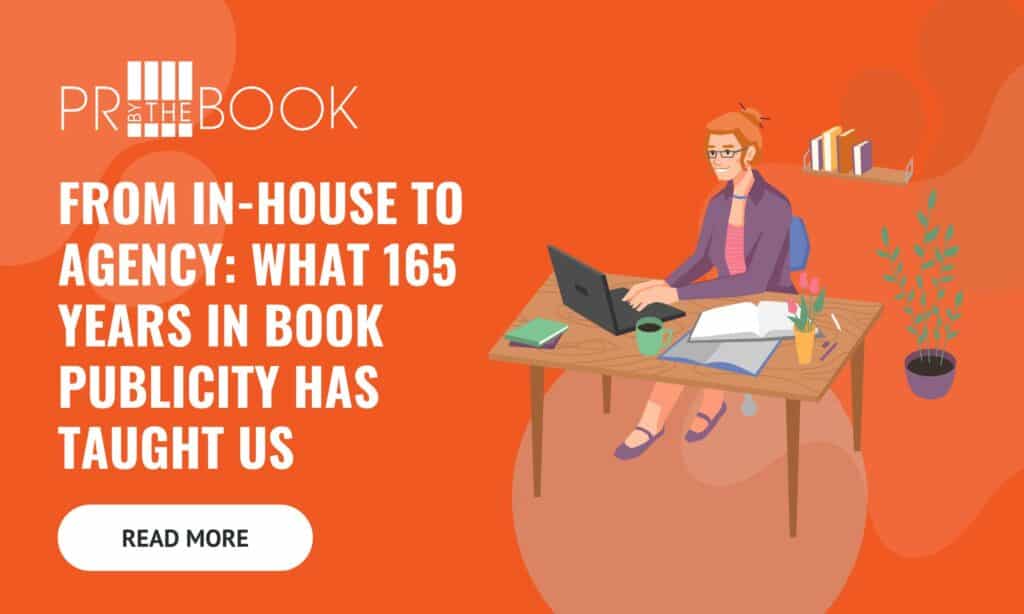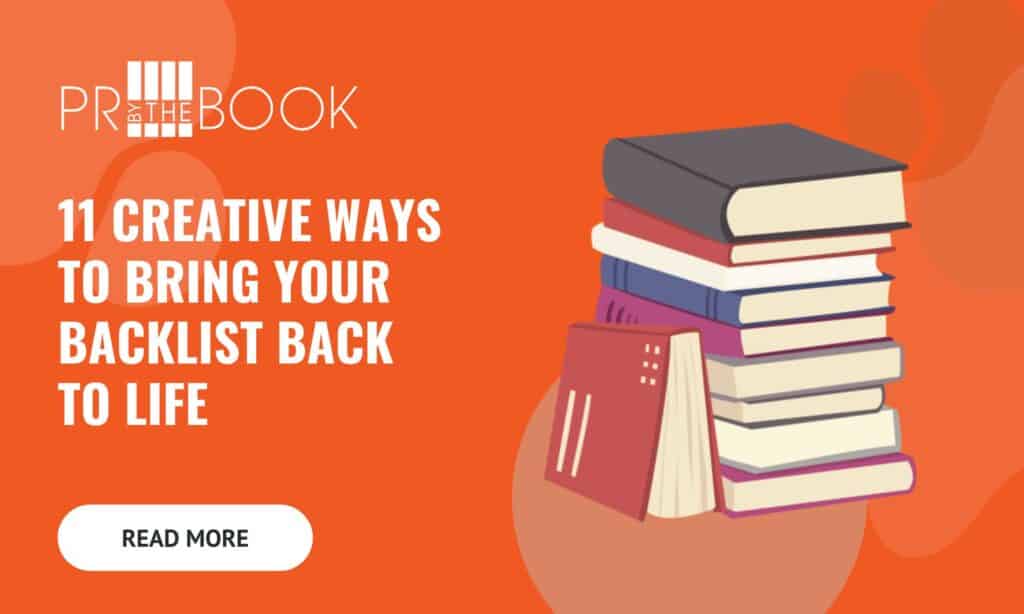Book sales are never guaranteed. Even the best marketing placements and publicity opportunities that flash your book cover in front of your target audience might not create a direct sale. Of course, guest spots on popular television shows, radio programs, and podcasts boost your influence and name, but those appearances don’t necessarily translate to sales either—although you’re reaching your audience, who knows if they’re in a position to spend at that moment, or even a frame of mind to?
So if direct book sales are your main goal, consider placing your book in non-literary retail stores.
After all, if your audience is in a store, they’re out to buy something. Why not your book?
Start by really thinking about your audience. Who are they, and where do they shop? Go beyond traditional and chain book retailers, and slip your book in with products based on their other interests:
- Find the women’s fiction audience who may love stationary and candle stores like Hallmark and YankeeCandle.
- Meet the genre fiction fans who may frequent “fandom” and video game stores like Hot Topic and GameStop.
- Join the self-help readers who may spend time in hobby and craft stores like The Christmas Tree Shop and Micheals.
Although these are all large chain retail examples who won’t buy books without huge backing or distribution, think about the similar small businesses in your area which you pass on the street regularly or outlet locations at the nearby mall. Those local mom-and-pop shops, community stores, and bodegas are your best opportunity to form relationships and find placements.
Meet your audience where they’re comfortable, and remember, books are products just like anything else. Analyze how bulky your book is and how it looks, both on its own and on a shelf. Ask yourself honestly, would you pick it up if you were the unattached consumer or store owner?
Even consider ancillary products. If your book is in a retail store that sells more than just books, what would it be best placed with? Imagine items you could sell as a package with your book. The internet loves unboxing videos, when books arrive with additional fun and silly products like keychains, magnets, and posters.
Use all of that to jot down reasons why your book will fit in your targeted stores. This information will form your pitch. You want to personally approach stores (in-person, if possible) with a fully tailored explanation as to why your book belongs in their stores, why you will bring them sales, and why they should give you the shelf space.
Be prepared with a story that connects to the store’s mission, and, if you can, prove that you’re a loyal customer, too. But be careful not to oversell. Offer a test run to prevent returns or place books on consignment. And do your own part—in your publicity campaign on social and local media—to drive traffic to the store.
Just like your publicity campaign, return to stores with new angles and pitches to coincide with holidays and trending topics in your field. Is your book about camping and you live in an outdoorsy area with tourist season approaching? Is your book set in Ireland and St. Patrick’s Day is next month? Is your book a social commentary on an international issue while the UN is in session?
Above all else, never forget your own value as the author. Never stop thinking about what makes you special and where your expertise lies. Those timely tie-ins for retail sales work just as well as talking points. And very few people will be as convincing as yourself when talking up your own work!
Learn even more tips and tricks about creating success and influence with our Author to Influencer Accelerator. Our unique program not only helps authors take advantage of DIY publicity opportunities but provides a supportive group of other authors and industry professionals to aid their success. The Accelerator is a proven five-step pathway that takes the pain out of promoting your book — and allows you to fly from Preparation to Promotion. Access over 60 workshops and join the private Facebook group!



